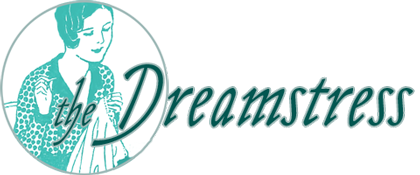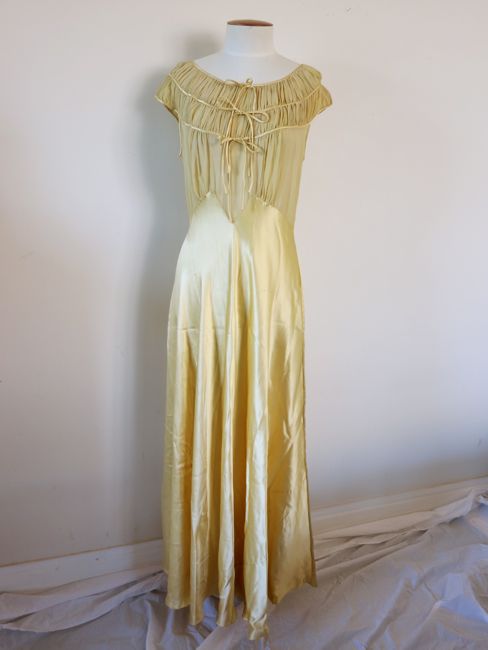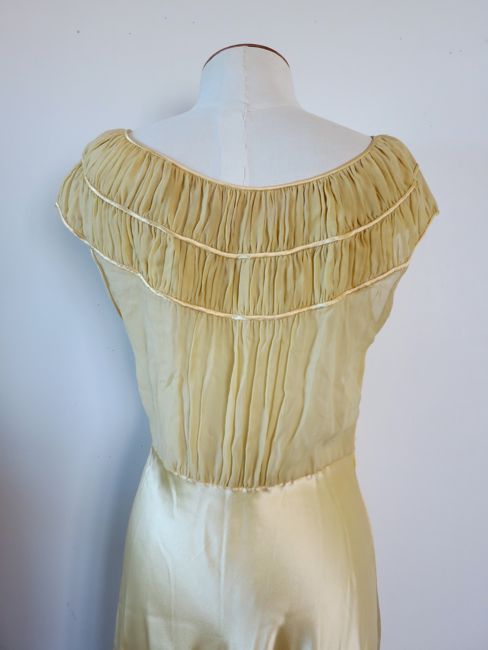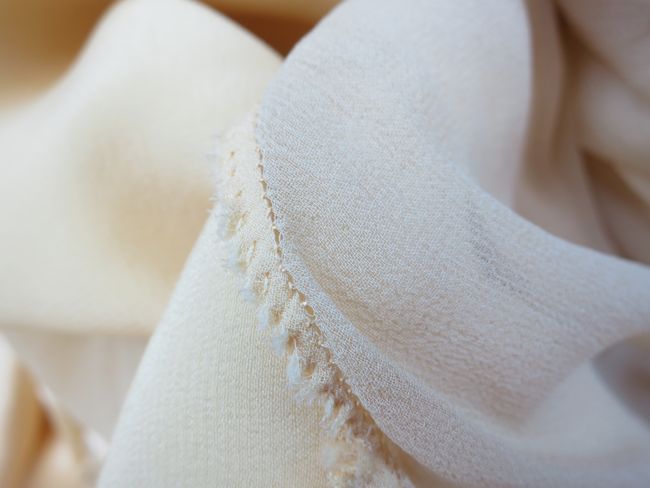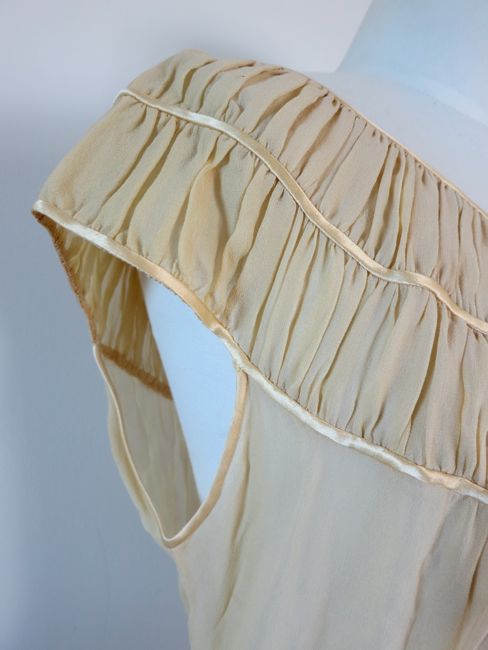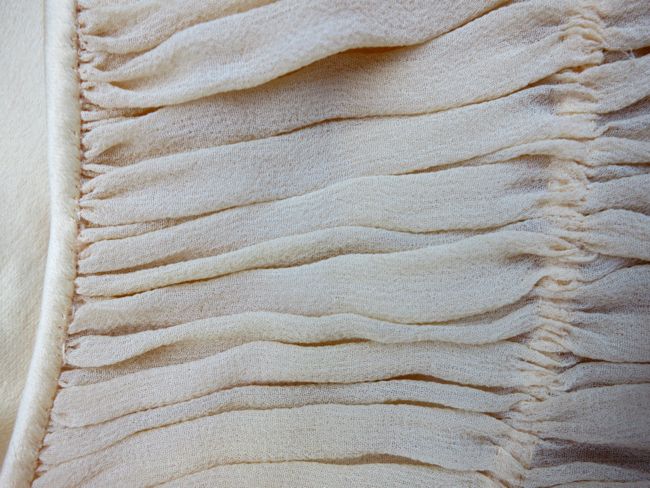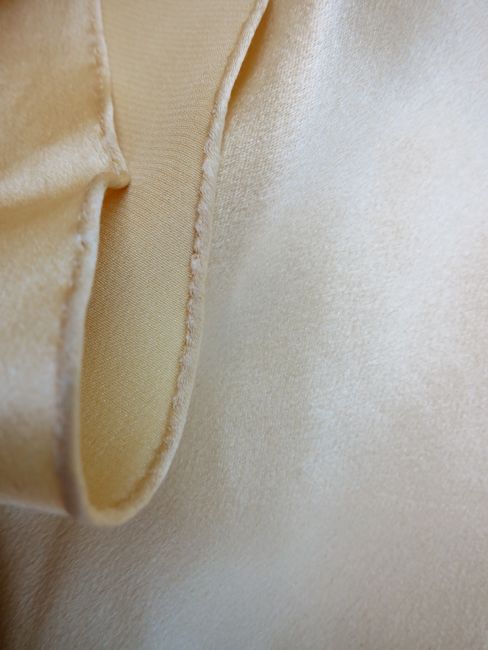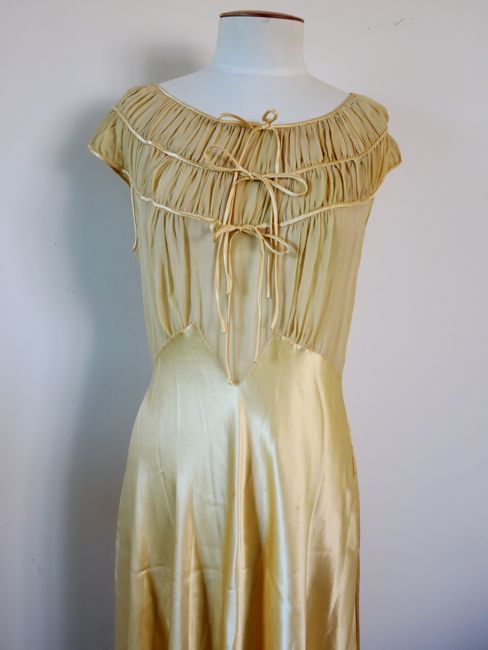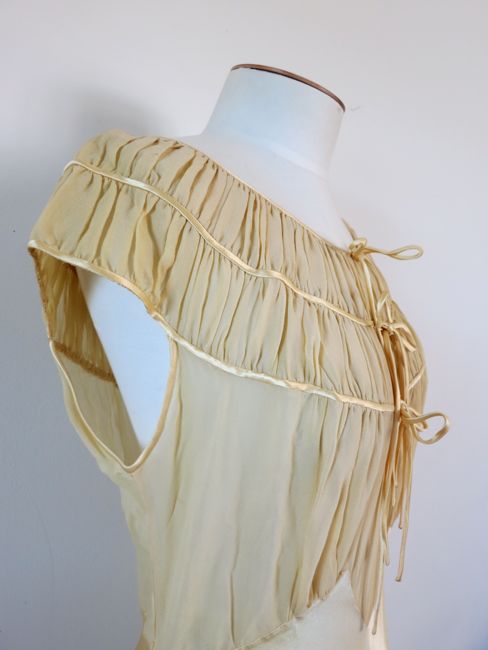A month or more ago, the lovely Gemma of the Wellington Sewing Bloggers Network had the cunning idea that we should all show off our sewing spaces ‘as they really are’, to show people how we sew and organise (or don’t 😉 ).
I though: Fabulous idea! Of course I’ll be in!
And then I realised my spot on the tour would cooincide with absolute madness in my life: hosting a party with dozens of people through the house, teaching in the day at uni and every night of the week sewing classes. Plus working on a massive sewing project. Not to mention that my sewing space has never actually been turned into a ‘space’ since we moved in – it’s just had stuff shoved in it. So you REALLY are seeing my sewing space in the raw! It gets a LOT tidier than this (I can be obsessively neat at times), and will be getting much better organised, and more thought out as I figure out the space.
So there is my caveat! Now for the tour…
My sewing space(s)
Technically, my sewing space is the sunroom off the lounge:

It’s got my sewing desk on one end (with near-permanent cat in residence):
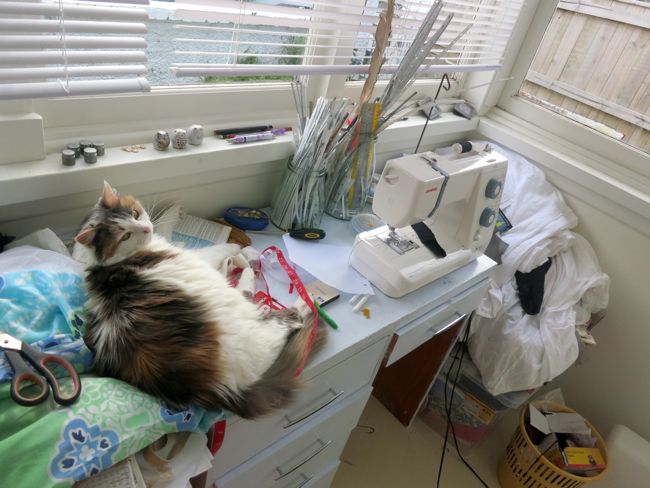
And a cupboard full of all the daily-use notions, with boxes of patterns piled on top, hoopskirts hooked behind, and boxes of fabric stacked in front of it at the other end:
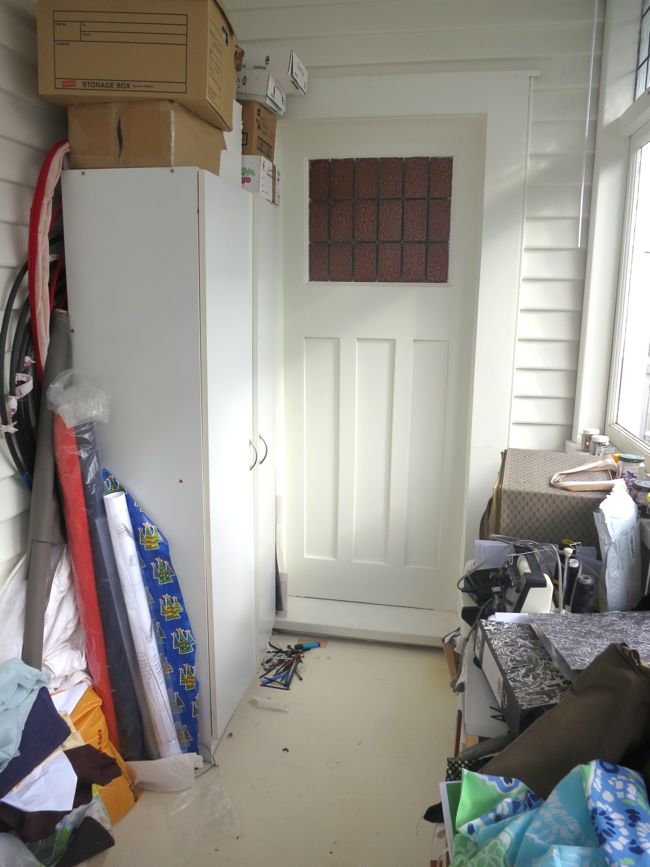
The top shelf of the cupboard is threads in shoeboxes on one side (yes, I have a whole shoebox full of greens, and one of yellows, oranges, and orange-reds, one of black, one of white, one of purple, pinks & purple reds, two blues by shades…), and bias tapes in shoeboxes on the other.
The next shelf down is buttons, hooks and other fasteners, sorted by size, number of buttons, and look.
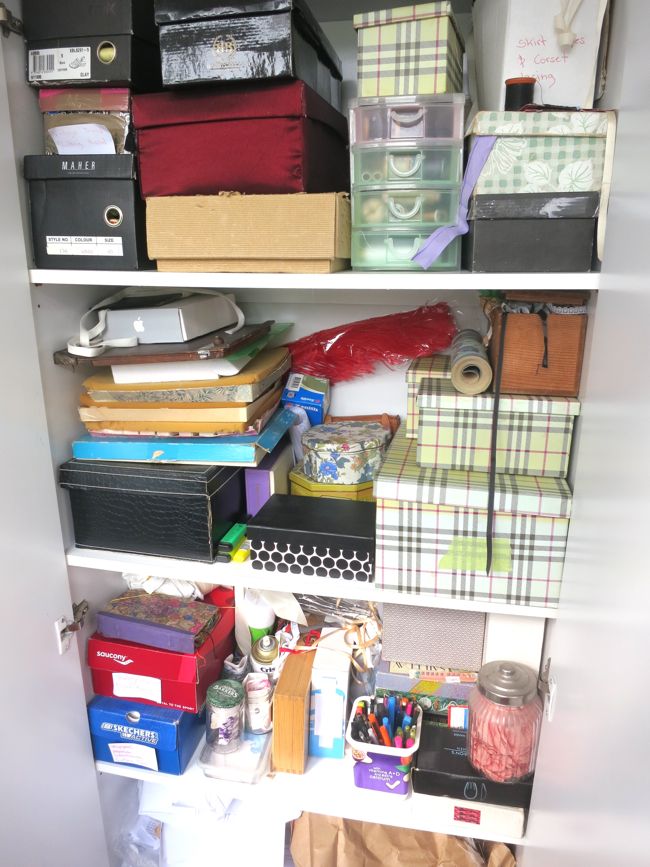
The third shelf is miscellaneous stuff: dyes, curtain tapes, lacings, interfacings…you name it.
And the bottom shelf is printed-out patterns, and some of my drafted patterns.
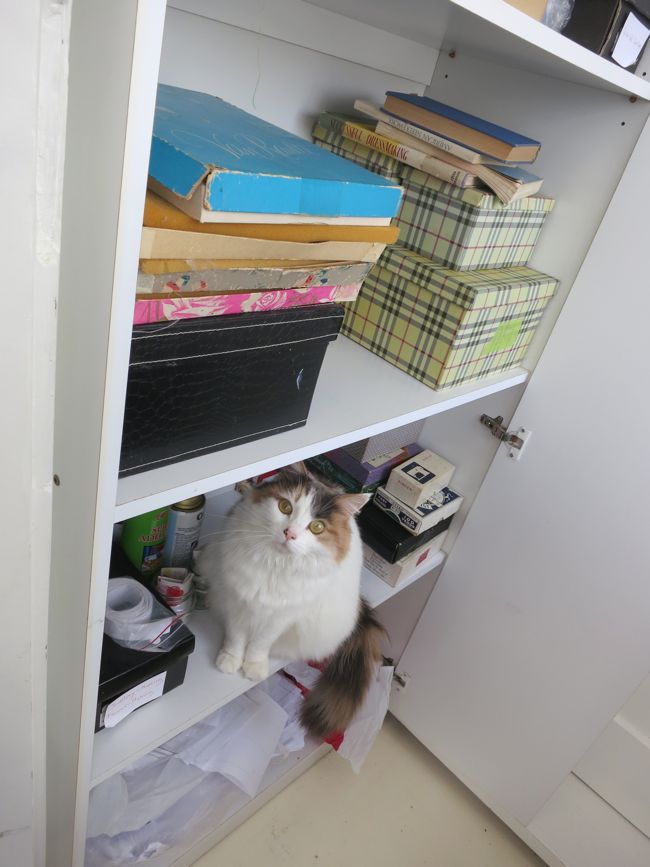
All along the front wall are cupboards and boxes full of fabric & PHDs. It’s particularly messy and disastrous at the moment because, in addition to uni teaching and night teaching, I’ve got a the big Katherine Mansfield event coming up.

Of all the spaces in the house, it’s the one that is least organised and as-it-should-be. When we moved in it just got used as a dumping space for all the extra bits, and I haven’t had the time to really figure out what furniture it needs to be ‘right’, and get it sorted.
It’s a lovely cozy, bright space in autumn, winter and spring, but I suspect that in summer it will get a bit hot and glare-y. So far though, it’s just warm enough to make it Felicity’s favourite hang-out spot (and the constantly changing array of fabrics to lie on, and occasional interest of me on the machine, just make it all the more desirable).
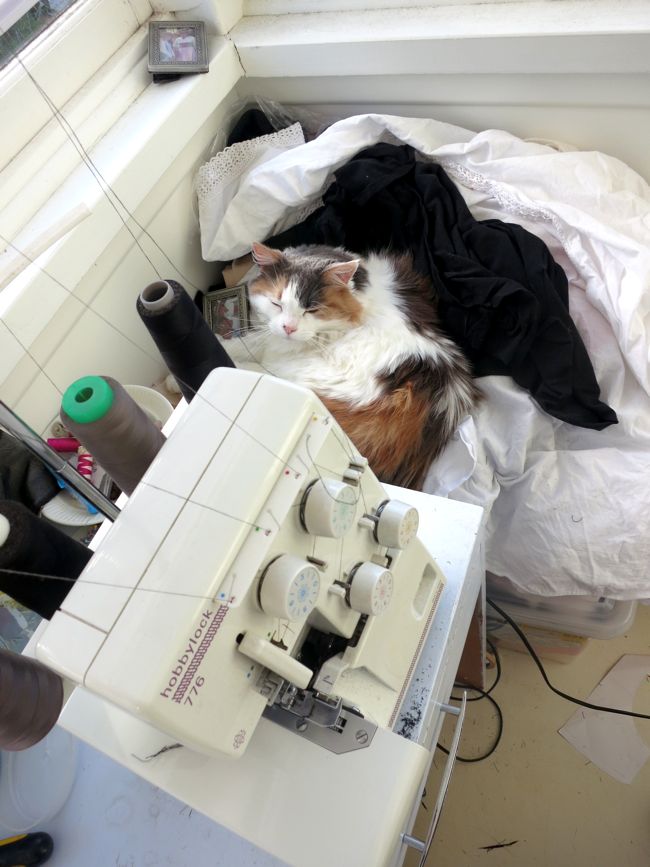
When I’m really working on something big I also tend to spread out all over the dining room table, and the living room floor (and then Felicity tends to spread out all over wherever I have spread out).
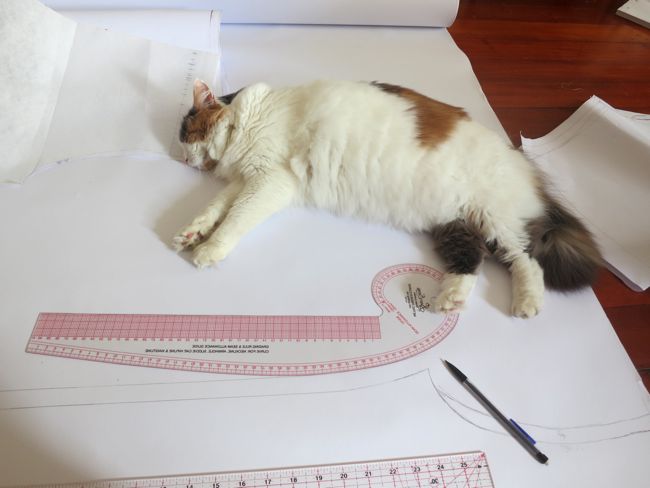
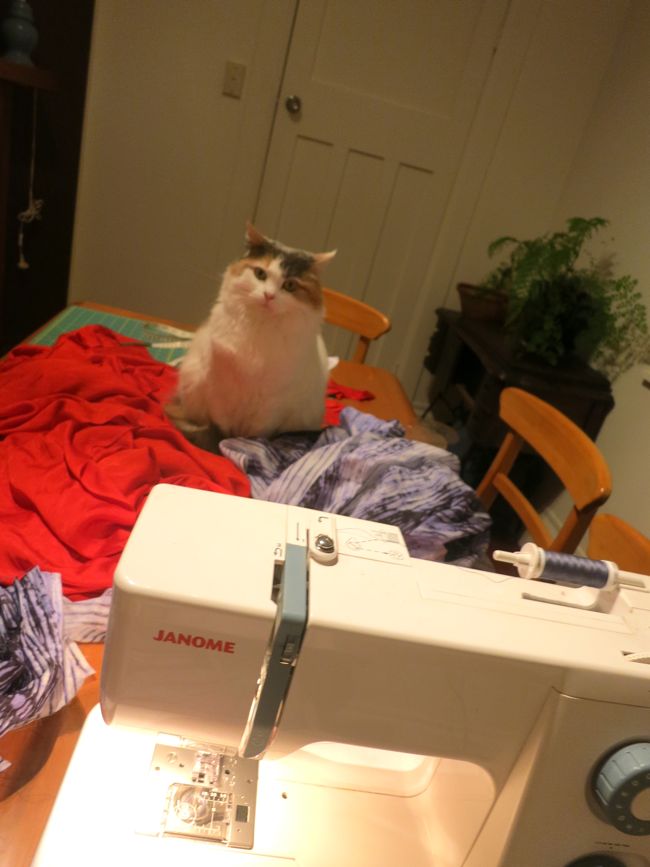
My main sewing machine is a Janome Sewist 521 (I also have a 1970s Janome, Nana’s 1930s electric Singer (the first electric machine available in NZ), and a 1903 Standard. Because I’m a historical seamstress, I really prefer mechanical machines to computerised machines, and the Sewist 521, although it isn’t expensive or fancy, is by far the best non-computerised new machine available in NZ at the moment.
I also have two overlockers: one that was a gift, and the other that I found at an op shop.
What I’m working on:
I’ve just finished another Henrietta Maria dress, but haven’t photographed it properly or blogged about it.
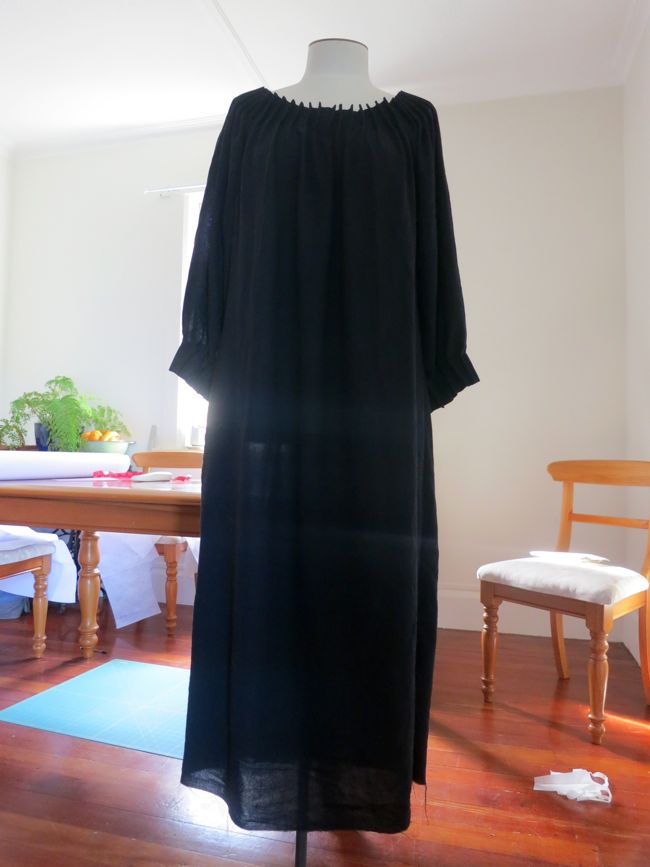
Right now it’s all about finishing the final bits for my upcoming talk: Clothing the World of Katherine Mansfield, so I’m ankle deep in wool serge for the turn-of-the-century bathing suit I started for the HSF ‘Great Outdoors’ challenge, and blue faille for an 1890s walking dress.
There are also various class samples, HSF challenge items, and sundry other bits on the go, as there are at any given time!
Next project in line
Even more Katherine Mansfield stuff! I would really, really like to make the Wearing History 1910s jacket and skirt for the talk, but don’t know if I have enough time.
Show off your stash
Like, all of it? How much time do I have? This may turn out to be an experiment in ‘how long will WordPress allow a blog post to be?!?”
There is the bins of blue wool, silk & rayon fabrics, and a box of blue cottons, and a bin of brown fabric, and a bin of knit fabric in my sunroom sewing room.
There is the chest of black fabrics in the lounge (currently being protected by Felicity).

And the stack of suitcases with kimono fabrics, and laces, and ribbons, and linens in the lounge.
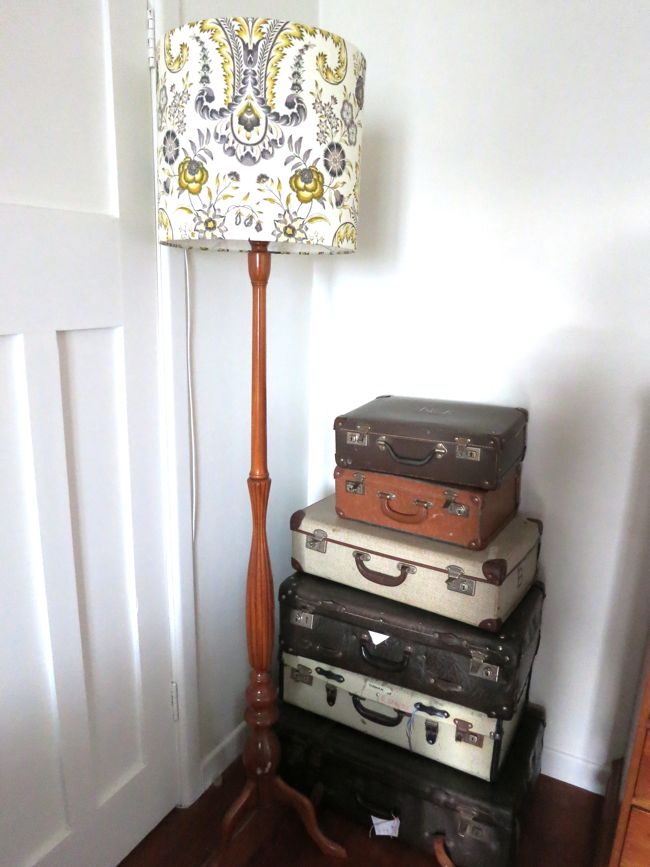
And the coffin boxes (yes, that is the technical name for that exact size of box)of green, white, and red fabrics under our bed.
And the stack of suitcases with finished historical garments and gold and yellow fabrics in the guest bedroom.
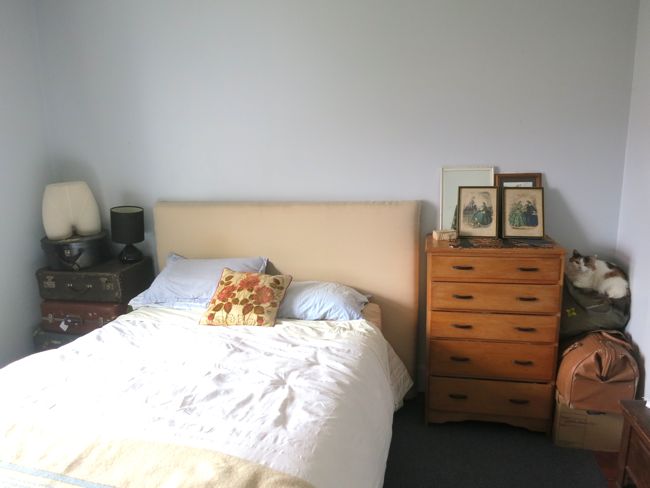
Hmmm…looks like the other bloggers just showed off their favourite pieces.
Some of my favourite fabrics are featured in the shot below.
On the left is an heavy Indian silk/rayon with gold and silver brocading (sometimes called an Imperial brocade). It’s going to be turned into an early 18th century jacket. The brocatelle is to cover a cushion, the golden orange damask is in the (long, slow) process of becoming an entirely hand-sewn 1720s robe de coer based on a portrait of Mariana Victoria, the chartreuse brocaded silk is fabulous and delicious and is also designated for the 18th century.
Both it and the green damask at the end were inherited from Nana, though I don’t know what I’m going to do with the damask.For now I just pet it and coo at it. 😉 That’s a valid use for fabric, right?
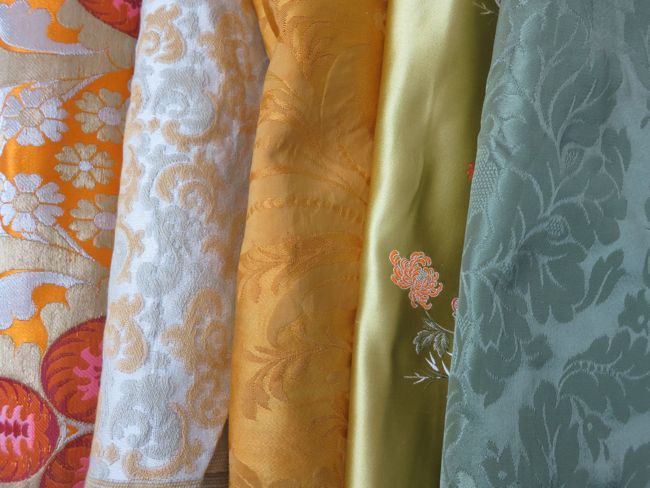
Left to right: Imperial brocade, tapestry/brocatelle, damask, brocade, damask
All of these fabrics featured in my post on the difference between brocades, jacquards & damasks. Clearly I lean toward elaborate, mad historical fabrics as favourite pieces! And yellow and green!
And obviously I own a LOT of fabric. And I’m OK with that. My work is all about sewing and textiles. I have to own a lot of fabric to do it effectively.
It’s not just a static stash though. Everything I own gets used at least once a year, because even if I’m not sewing with a fabric, I use it for shop displays at Made on Marion, and for teaching classes on fabric history and fabric identification. For the last two years I have made myself sew and de-stash more than I accumulate, and so the stash is actually a bit smaller than it has been.
Favourite thing I’ve made
The 1660s Ninon dress. No contest. It’s golden yellow and silk and almost entirely handsewn, and just thinking about it makes me happy.
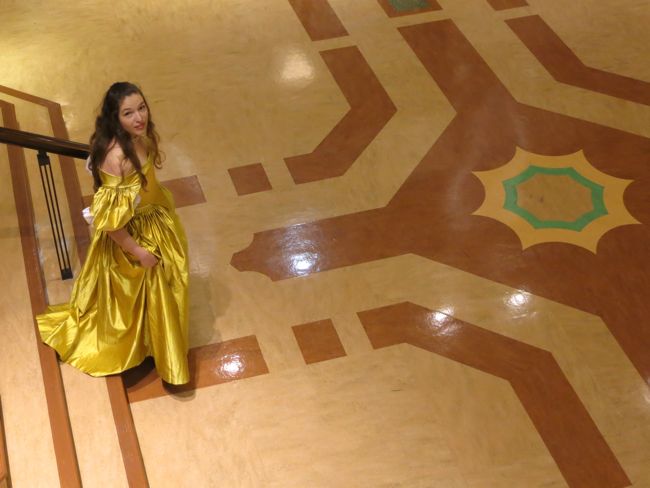
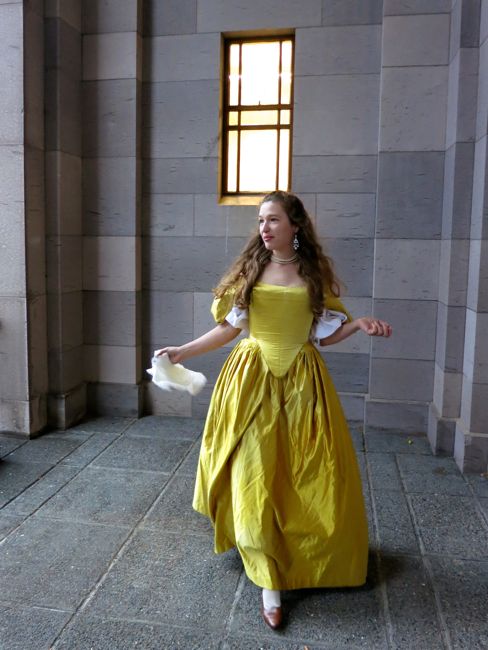
I hope you enjoyed the tour!
Be sure to have a look at the other WSBN’s sewing spaces for inspiration, or just to feel better about how much better organised your space is 😉
Gillian of Sewing Down Under posted yesterday (and you can follow her link to the one from the day before, and that one to the previous, ad infinitum (OK, not quite, but there are now a lot of sewing bloggers in Wellington!), and Teresa will be posting tomorrow (and maybe mentioning the exciting cardigan she is working on!)
~~~~~~~~~~~~~~~~~~~~
And now that the tour is done, the full list (and I’d like to point out that with 25 sewing bloggers in Wellington there is one sewing blogger for every 16,000 residents, which may give us the highest concentration of sewing bloggers of any city in the world! (though actually, there are 30 WSB, so that takes us to one blogger for every 13,000 and a bit residents!) ):
1st: Gemma at 66 Stitches
2nd: Laura at Laulipopnz
4th: Nikki at NikkiStitches
5th: Juliet at Crazy Gypsy Chronicles
6th: Sandra at SewistStitch
7th: Sophie-Lee at Two Random Words
8th: Kat at Macskakat
9th: Holly at Polycraftual
10th: MaryLouise at Thanks I made this myself
11th: Nina at Ninavirgo
12th: Sandra at FlossieFT
13th: Melissa at The Curous Kiwi
14th: Zara at Off-Grid Chic
15th: Crafty Mermaid
16th: Gillian at Sewing Down Under
17th: Leimomi at The Dreamstress
18th: Teresa at Adventures of a Girl from the Naki
19th: Joy at Acharmofmagpies
20th: Nicola at Silvern Swan
21st: Jenna at Ruby Dust
22nd: Maryanne at Sent from my iRon
25th: Elisabeth at The Sewphist
